Making Garden Plans In The Winter || Do These Things Now
The winter season is the perfect time for making garden plans. There isn’t much hands on work that you can do at this time of year, but the fact that you can sit and dream to your heart’s content makes up for it rather nicely.
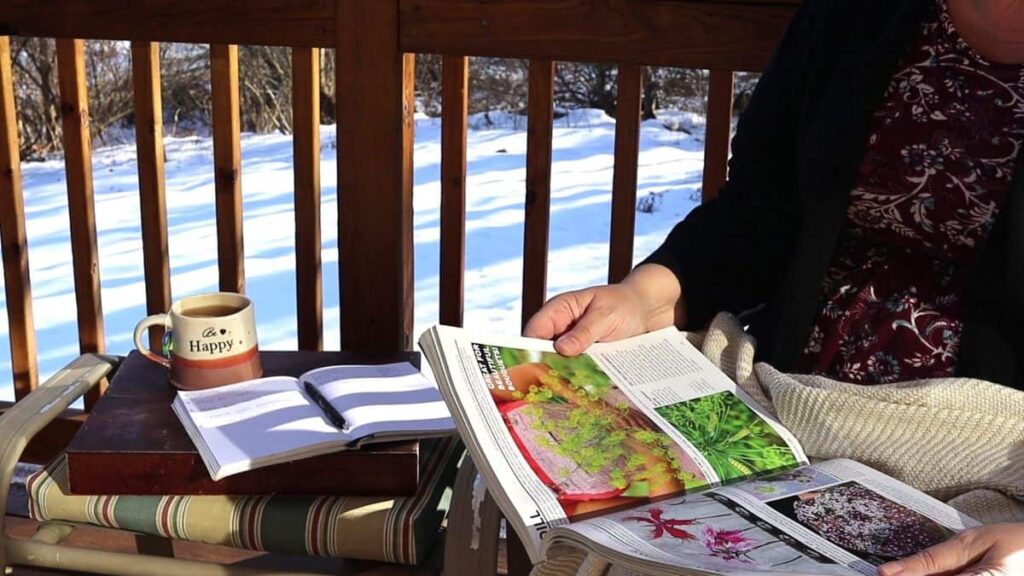
I would like to put it out there, at the start of this post, that I am not a seasoned gardener. I had a garden for one season 28 years ago, and I had gardens for 2 of the last 3 years. So, I’m still a bit of a novice.
Although, the word novice doesn’t quite seem to fit in my head. Perhaps, because I’ve been learning about gardening for much longer than that. Still, my hands on experience is pretty minimal.
However, the things I’m going to share with you here today are things that I know quite a bit about. And, as I mentioned already, this is a season to dream about your spring garden. Dare I say, you don’t have to be an expert to encourage others to dream.
I would also like to mention that I am not going to cover seed starting in this post. I did start my own seeds for my last two gardens. But under very adverse conditions. I had some success, but until I am able to work my way through the seed starting process with decent conditions (not even perfect, just decent), I don’t feel I should share much about that.
I do think it’s important to bring it up though. As it is a fundamental part of the gardening process, particularly of winter gardening activities.
Decide What You Need To Grow
I found that one of the most important parts of making garden plans is to decide what you actually need to grow. It’s so darn easy to get excited about every plant you see.
And before you know it, you’re growing food that you’re never really going to put to practical use. I successfully avoided this with my last two gardens and I’m really glad I did.
I know that in the future, I will grow ‘all the things’ and enjoy every minute of it. But at the start of the gardening journey, there is so much to do and learn. It can feel like you’re being tugged in too many directions. And it’s nice to minimize that pull as much as you can.
So, sit down with a pen and paper and write out what herbs and produce you actually eat in your house. Then begin planning from there.
Shop For Seeds
Shopping for seeds is probably my favorite part of making garden plans. Although, it can be hard to reign myself in and buy only what I know I will use (as mentioned above).
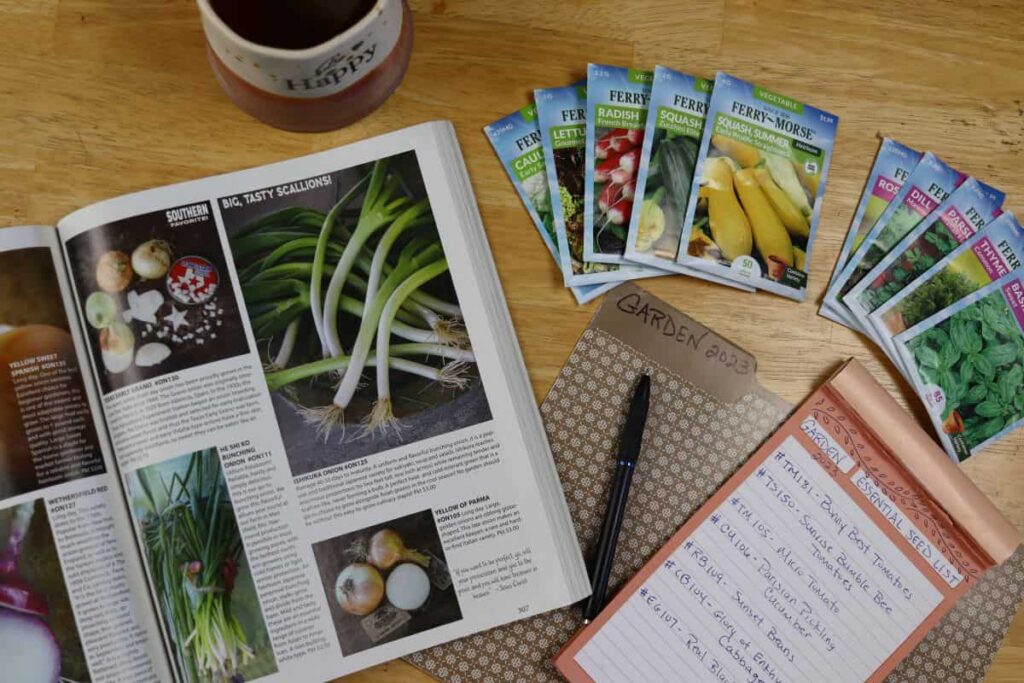
I just love looking at all of the varieties of herbs and produce that are available to grow. I could lose myself in a seed catalog for hours. Actually, I often do.
This year I will be doing minimal seed shopping, as I’m not sure what type of space I will have available to me to garden in. I am primarily looking at container variety plants at the moment. That way I should be able to grow them, whether I have an actual garden bed or not.
It is important for you to know that you need to get your seed orders in as early in the year as possible. Because, the seed companies have had regular shortages since the pandemic.
So, sit down and decide what you actually need to grow, what conditions you have to grow in, and which plants you want to start from seeds.
Then grab a seed catalog and put an order together, so you can get it in early enough to be assured that you’ll get the seeds you want, before the supplies run short.
Plan Your Space
When I was making garden plans for the gardens I recently had, it was pretty paramount that I planned my beds very carefully.
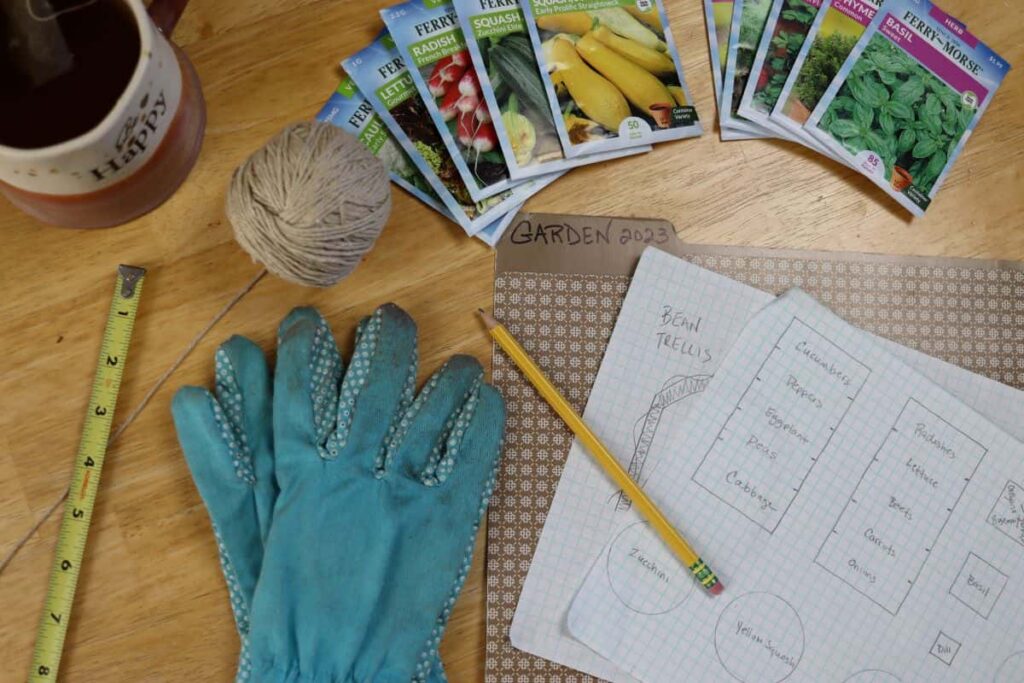
I was in a small space, or small by my standards, and I wanted to get the most out of the footage I had.
Most of my garden beds were 4′ x 8′, and there were two reasons for this. The first reason was that they fit well in my space, allowing me to easily navigate around them.
And the second reason was that 4′ wide is a really nice size for a garden bed because you can reach a little more than half way across the bed from either side. This makes it very easy to access the entire bed.
I also plopped in a few smaller beds here and there. If they would fit, and there was ample sunlight, I put them in. Most of these beds contained herbs.
There are three major considerations, that you need to keep in mind, concerning what to plants to put in your garden beds.
Consider how large each plant will get as it grows, you want it to have ample room to grow in order to reap a nice harvest from it.
And then consider whether or not you are placing it somewhere that will cause it’s size to block sunlight from other plants. You want all of the plants you put in to get enough sun.
And finally, be sure that the plants you are planting together are compatible with each other. Not all plants play nicely together. And you don’t want to plant things next to each other that are going to hinder one another from reaching their full potential.
Caring for gardens is a lot of work. It only makes sense that you want to get as much return for your work as you can.
Would you like to save this post for later?
Just a few moments searching these things on google will help you avoid some pretty common novice gardener mistakes. The minimal amount of time you spend researching these facts is well worth the investment.
Make Plant Markers
Another thing that you can do while making garden plans this winter is, make some plant markers. They come in very handy when you’re plants are first beginning to sprout.
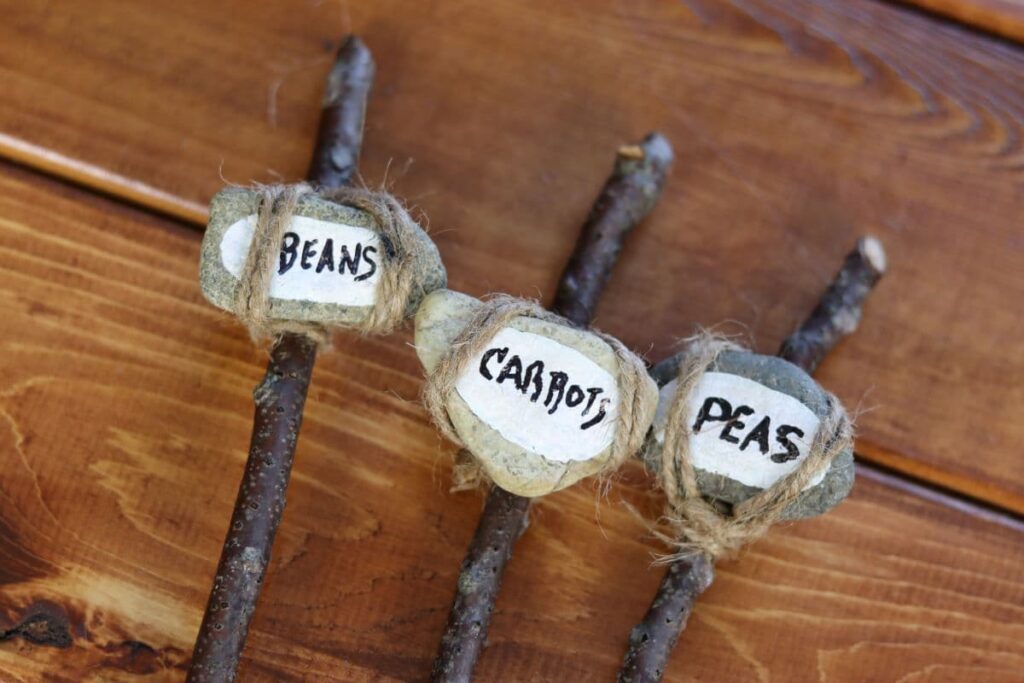
If you’re garden is small enough, you will start to remember just what you planted where over time. But in the beginning it’s pretty easy to forget where things are planted.
And it can be important to know what’s what as different plants require different care. So, plant markers matter.
This can be as simple as saving some old popsicle sticks throughout the year and writing on them with a sharpie marker.
Or, as involved as making your own plant markers by hand. I created a post some time ago on how to make a rustic style plant marker that you may enjoy.
It is time consuming to create them as they are presented in the post. Although, in my opinion, the aesthetic they provide for the garden is worth the effort.
However, you can eliminate the sticks and the jute twine and simply make the painted marker. They sit nicely, right in the dirt, at the end of your garden rows.
They are cute as can be. And they’re inexpensive and very easy to make.
Expand Your Gardening Knowledge
There is no shortage of information available out there on how to successfully grow your own food. And, if you love gardening, you’ll never tire of uncovering it.
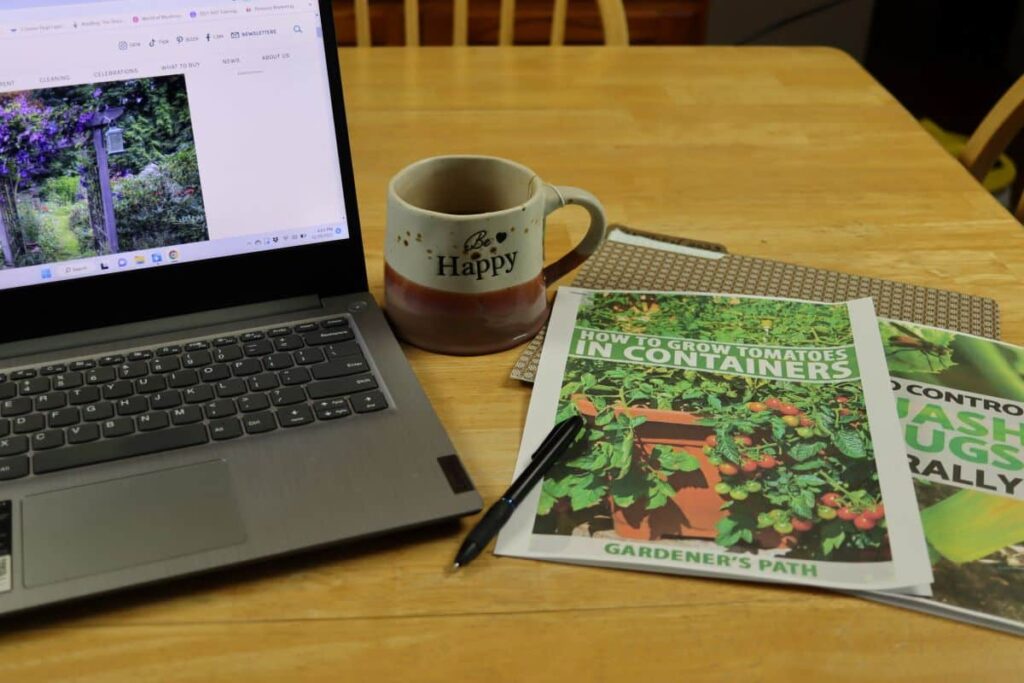
Expanding my garden knowledge is one of my favorite parts of making garden plans. I have read countless books, watched endless hours of youtube videos, and listened to more podcasts than I can count.
I don’t always have time to just sit around and soak up gardening knowledge, I’m sure you don’t either. But, technology makes it so easy to consume this information that I am able to learn a great deal as I go about the other business of my day.
Just put a gardening channel on youtube or put in your earbuds in and listen to a gardening podcast as you run your errands or make dinner for your family.
You may not be giving the broadcast your undivided attention, but you will pick up tidbits of valuable information, bit by bit, nonetheless.
It’s also very helpful to find gardening groups on facebook. Join a half dozen or so groups and glean all you can from the productive members that are in them.
These groups are generally a great place to ask any questions you may have that you are unable to source answers for. All you have to master is the art of ignoring the trolls, and let’s face it that’s not that hard to do.
Consider Trying A New Gardening Method
As I’m making garden plans this season, I find myself very seriously considering new garden methods. I’ve already mentioned that I grew my gardens in raised beds for the past few years. And I grew my very first garden in a tilled bed.
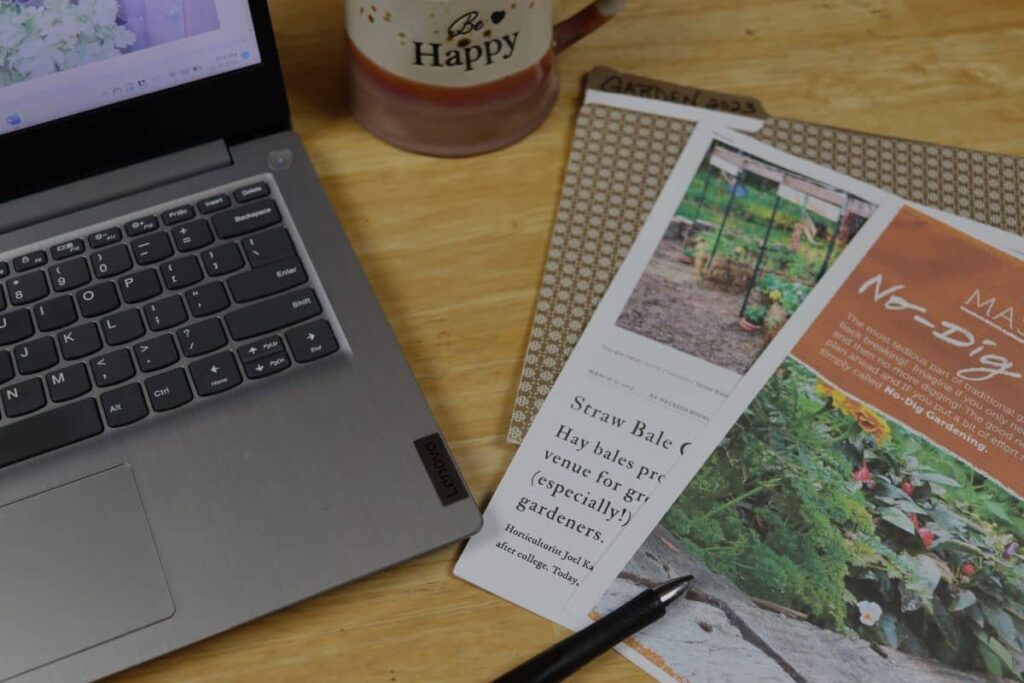
I like each of these very traditional methods. I’m particularly fond of raised beds. I think that’s mostly because they are easier for me to access as I’m growing older.
But, I’ve also talked about the fact that I’m not sure where I’ll be come time to put in the spring garden. So, I have to consider that, I may be limited as to what I am able to plant.
Choosing plants that do well in containers is a great option for me right now. I know that I’ll be able to plant them in most living situations.
But, there are so many gardening methods out there to look at. And, while I’m making plans for this spring, I’m going to take a look at some of those as well.
There are two that I have already peaked at a bit, they are no-till gardening and straw bale gardening. I think I can use these methods whether I’m in my own space or not, but I need to look at them further to be certain.
I don’t have a lot of information to share with you about them, because they are new to me.
But they are methods that don’t really alter the land you’re gardening on. That way, when the space you’re working in is not your own, you aren’t changing it in a way that will need to be rectified in the future.
There is plenty of information available out there on these methods. I’m going to look into them pretty seriously. If you have a need for this type of gardening system, I suggest you do too.
Or, if you just want to experiment with a new gardening method to see what it has to offer you, these may be great choices for you.
Recommended For You
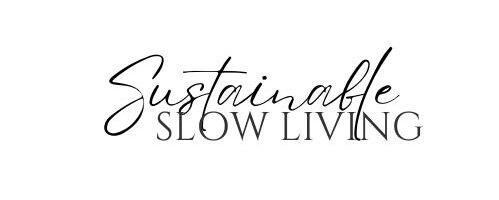
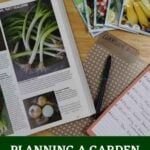
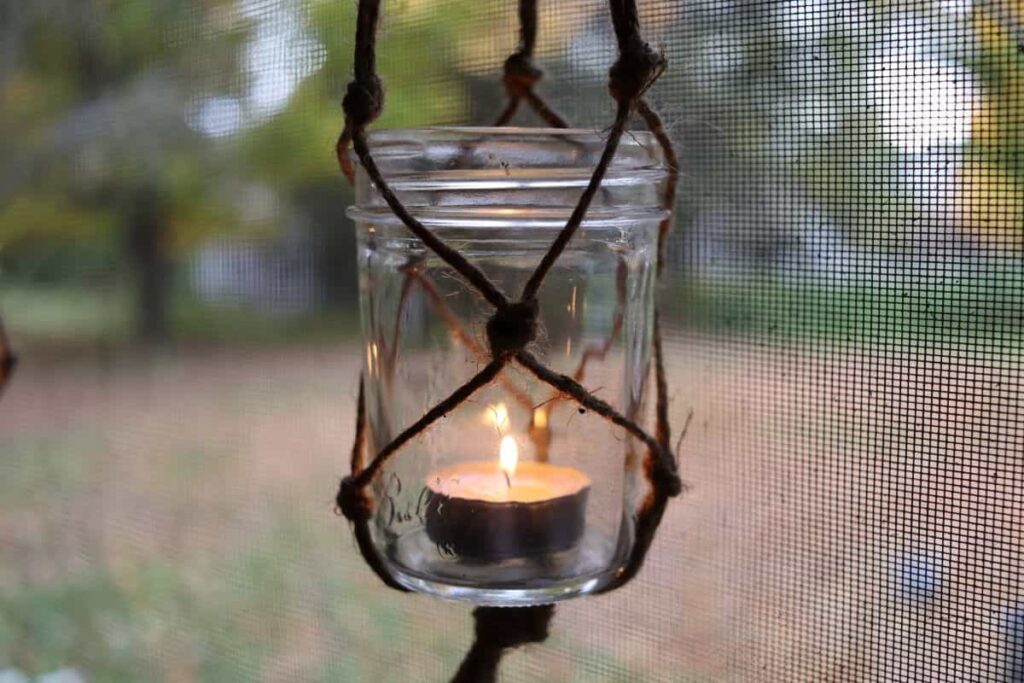
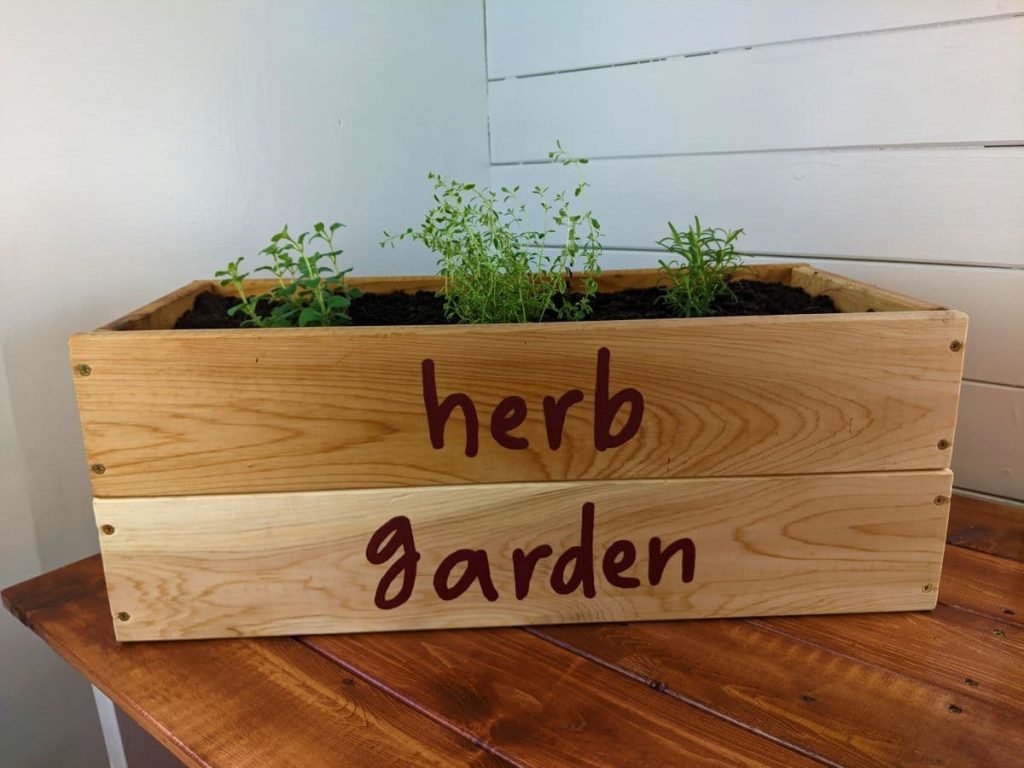
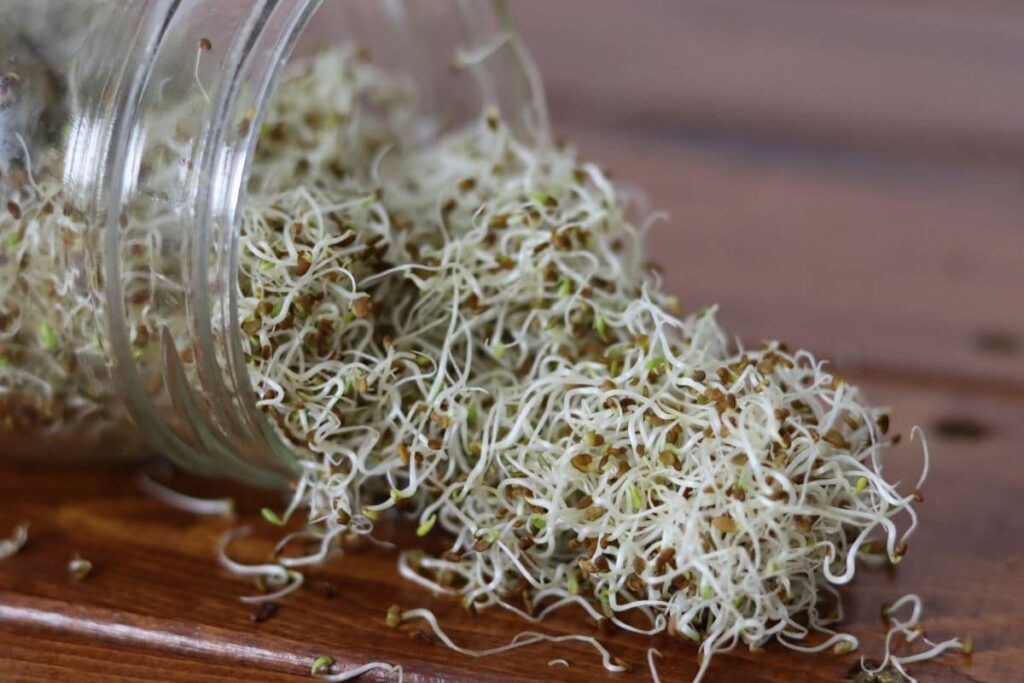
Planning your garden in the winter is the perfect way to stay excited for the growing season ahead! It’s all about laying the groundwork so your plants thrive when spring rolls around. If you give it a go, I’d love to hear how your plans come together in the comments. Wishing you a productive planning season!